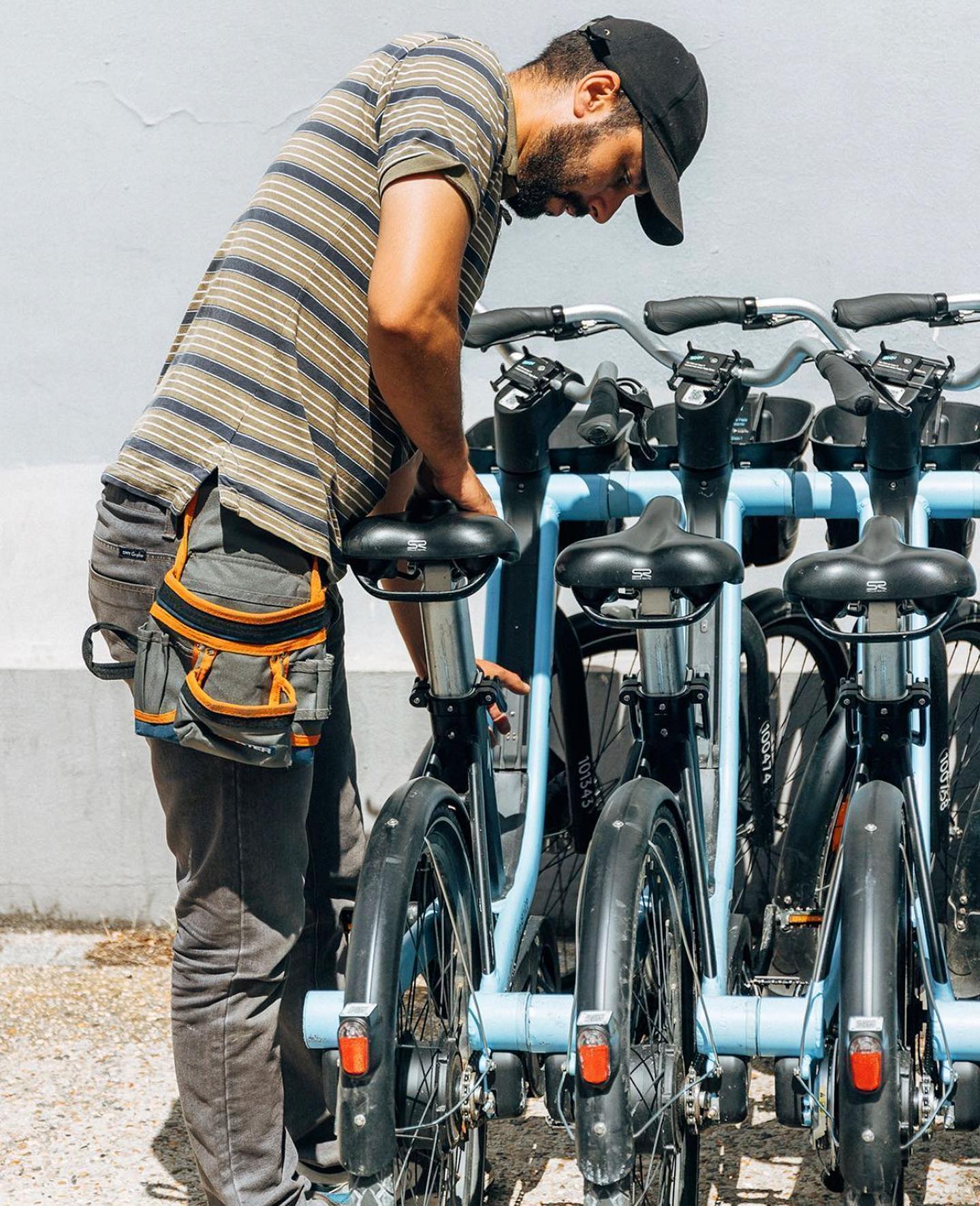
The Impact of Bicycles on the Societal Role of Women: From the Bicycle Craze of the 1890s to Today
The bicycle has been around for over a century, and its impact on society has been significant. However, the greatest impact the bicycle had on the societal role of women occurred in the 1890s during the bicycle craze that swept American and European society. During this time, the primary achievement the bicycle gained for the women’s movement was that it gave women a greater amount of social mobility. In this blog post, we will discuss how the bicycle has impacted women throughout history, starting with the bicycle craze of the 1890s and continuing to today.

The Bicycle Craze of the 1890s
In the late 1800s, the bicycle craze swept American and European society. The bicycle was a new invention that allowed people to travel faster and farther than ever before. Women, in particular, were drawn to the bicycle, as it gave them a newfound sense of freedom and mobility. For the first time, women could travel independently, without the need for a chaperone.
The bicycle became a symbol of independence and empowerment for women, and it quickly became a popular tool for the women’s suffrage movement. Women used bicycles to spread their message of equality and freedom, and they organized bicycle rallies and races to promote their cause.

Impact on Women Throughout the Years
The impact of the bicycle on women’s societal roles did not end with the bicycle craze of the 1890s. Throughout the years, the bicycle has continued to be an important tool for women, providing them with a sense of independence and mobility.
During World War II, women played an important role in the war effort, and the bicycle was an essential tool for them. Women used bicycles to travel to work, to deliver messages, and to transport supplies.
In the 1960s and 1970s, the bicycle became a symbol of the feminist movement. Women rode bicycles to protests and rallies, and they used them to challenge societal norms and expectations.
Today, the bicycle continues to be an important tool for women. Bicycles are used by women all over the world to travel to work, to run errands, and to exercise. In some parts of the world, bicycles are essential tools for women to access education and healthcare.
Conclusion
In conclusion, the empowering role of bicycles in women’s lives has been significant throughout history. From the bicycle craze of the 1890s to today, bicycles have challenged and transformed societal expectations and limitations placed on women. The traditional societal role of women has been one of restricted mobility and limited opportunities, but the bicycle has provided women with a means of transportation and independence, allowing them to break free from these limitations. Bicycles have been an important tool for the women’s suffrage movement, World War II efforts, the feminist movement, and continue to be an important tool for women worldwide. As we continue to celebrate the impact of bicycles on women’s lives, we must also acknowledge and address the ongoing challenges and barriers that still exist for women in the cycling community.



